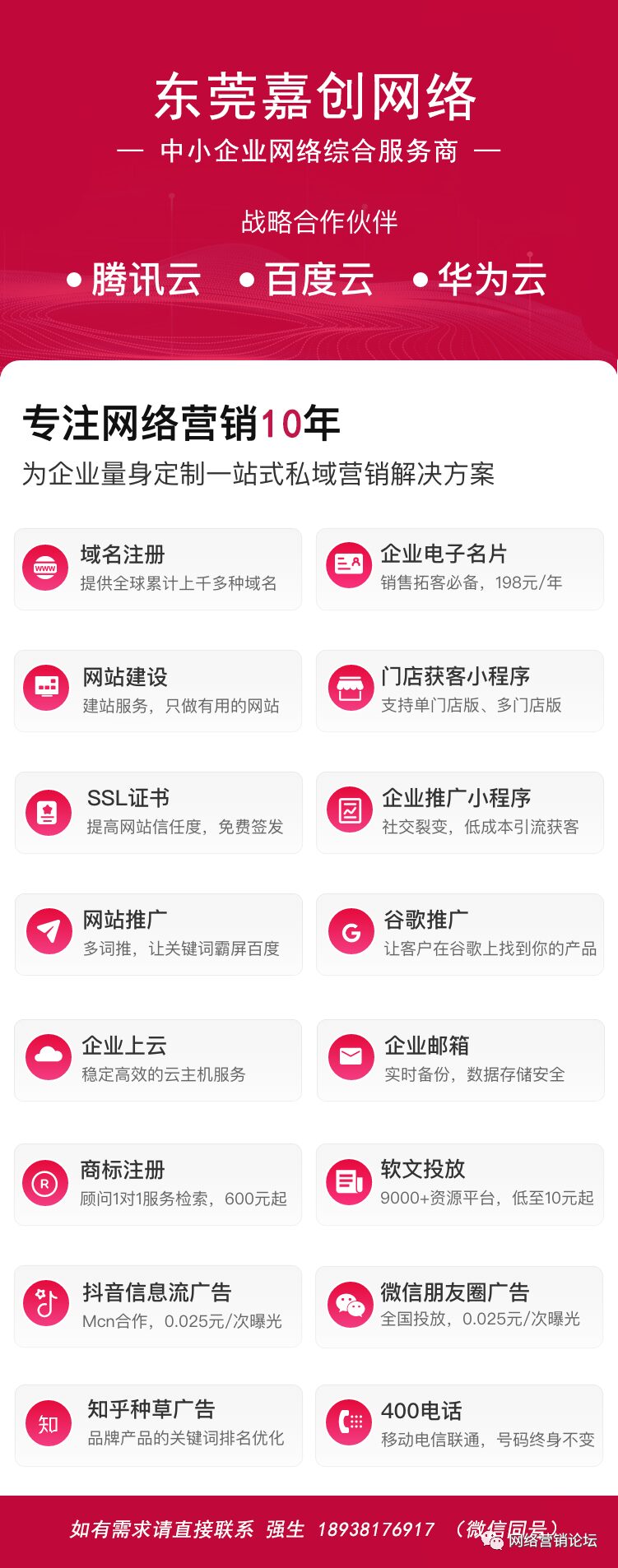Many people are often confused by the proprietary terms in mobile phone specifications when purchasing a phone, not knowing what they actually mean. Today, we will unveil some common mobile phone parameter abbreviations. I hope this is useful for beginners.
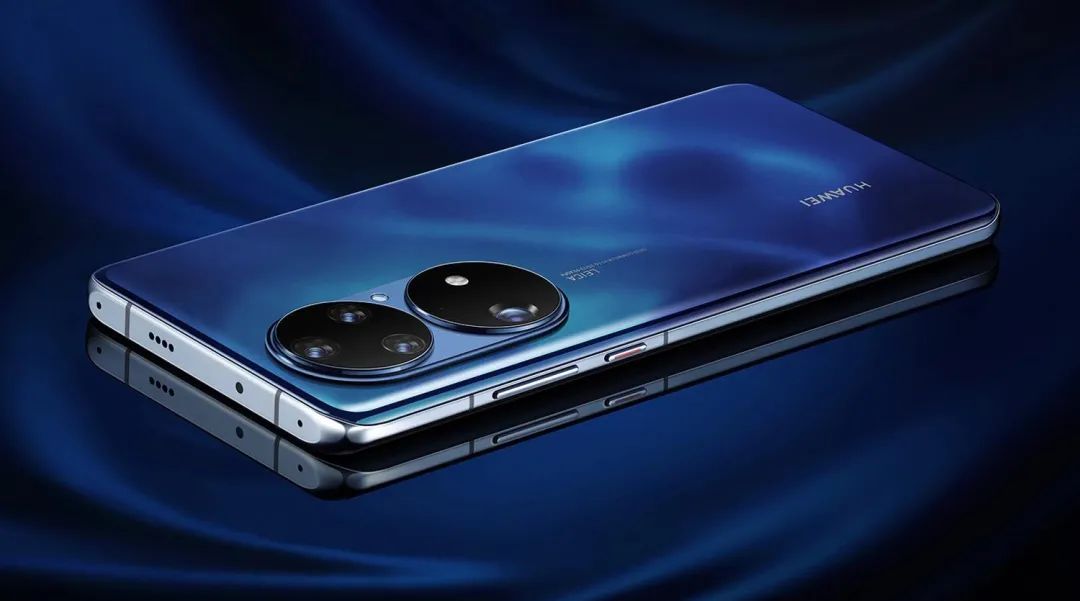
1. Pixel Density Unit PPI
The pixel density unit PPI, also known as image sampling rate, is the abbreviation for Pixels Per Inch, which refers to the number of pixels per inch. Generally speaking, the higher the PPI, the clearer the display and the richer the image details. For the same area, a larger PPI means the image takes up more space. Often, we can reduce the actual size of an image by lowering its pixel value.

Common image pixel values are 72 PPI, 180 PPI, and 300 PPI. Some high-end phones have pixel values reaching 500-600. For example, the Xiaomi 12 Ultra screen has a PPI of 515, while the Sony Xperia III reaches as high as 643. However, pixel values above 300 are indistinguishable to the naked eye.

2. OLED and LCD
LCD is the abbreviation for Liquid Crystal Display, which we commonly refer to as an LCD monitor. It can be further divided into IPS (In-Plane Switching, hard screen), TN (Twisted Nematic, entry-level panel), and VA (Vertical Alignment, soft screen). LCD monitors emit light through a backlight, and the light is polarized through liquid crystals to display different colors. LCD has replaced the older CRT (Cathode Ray Tube) displays. Currently, some lower-end phones still use LCD screens.
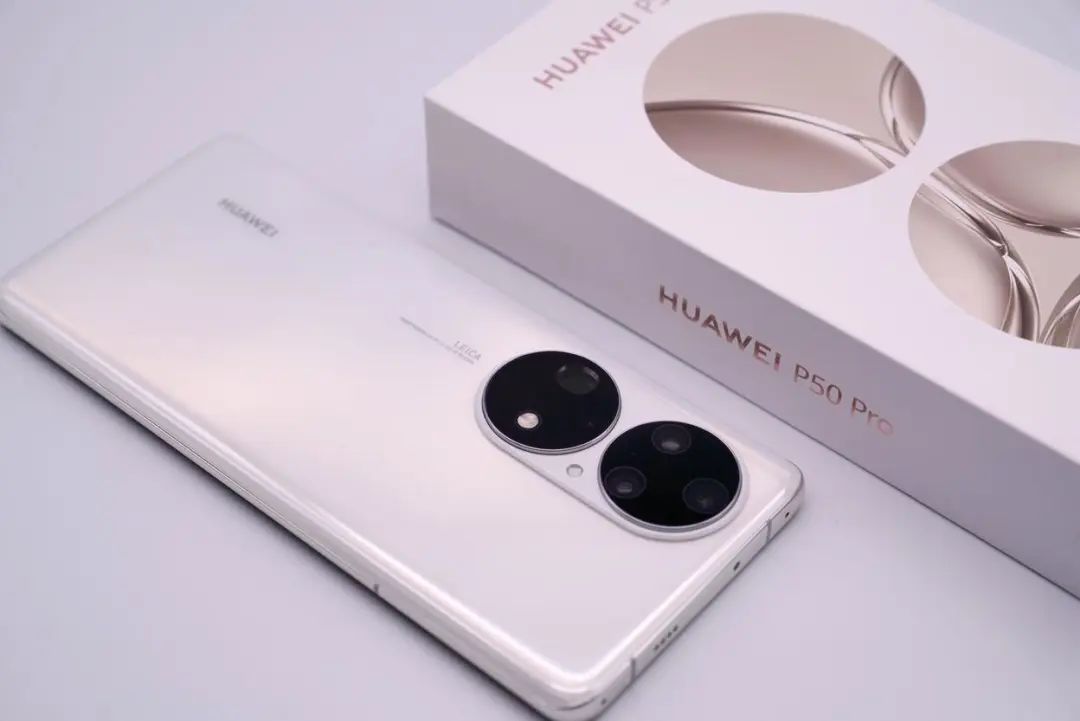
OLED is the abbreviation for Organic Light-emitting Diode. In 1979, American-Chinese scientist and professor at the Hong Kong University of Science and Technology, Deng Qingyun, invented OLED while working at Kodak, earning the title of ‘Father of OLED’. OLED uses self-emitting diodes, which is simpler than LCD, allowing for the adjustment of the brightness of red, green, and blue to achieve the desired color. Each sub-pixel can be individually controlled for brightness and darkness.

OLED can be further divided into AMOLED and PMOLED screens based on the material. The advantages of OLED are very clear: lightweight, shock-resistant, low power consumption, fast response time, wide viewing angles, and high resolution, etc. Currently, AMOLED (Active Matrix Organic Light Emitting Diode) and PMOLED (Passive Matrix Organic Light Emitting Diode) are mainly used in high-end phones.
3. PWM Dimming and DC Dimming
Most LCD screens use DC dimming, while OLED screens mostly use PWM dimming. DC dimming changes the screen brightness by increasing or decreasing circuit power, while PWM dims by controlling the on and off of the self-emitting diodes, which is not continuous light. Especially at low brightness, screen flicker can be quite severe. This is why we feel tired, dazzled, and our eyes hurt after looking at OLED screens for a long time, while looking at computer LCD screens is much better.
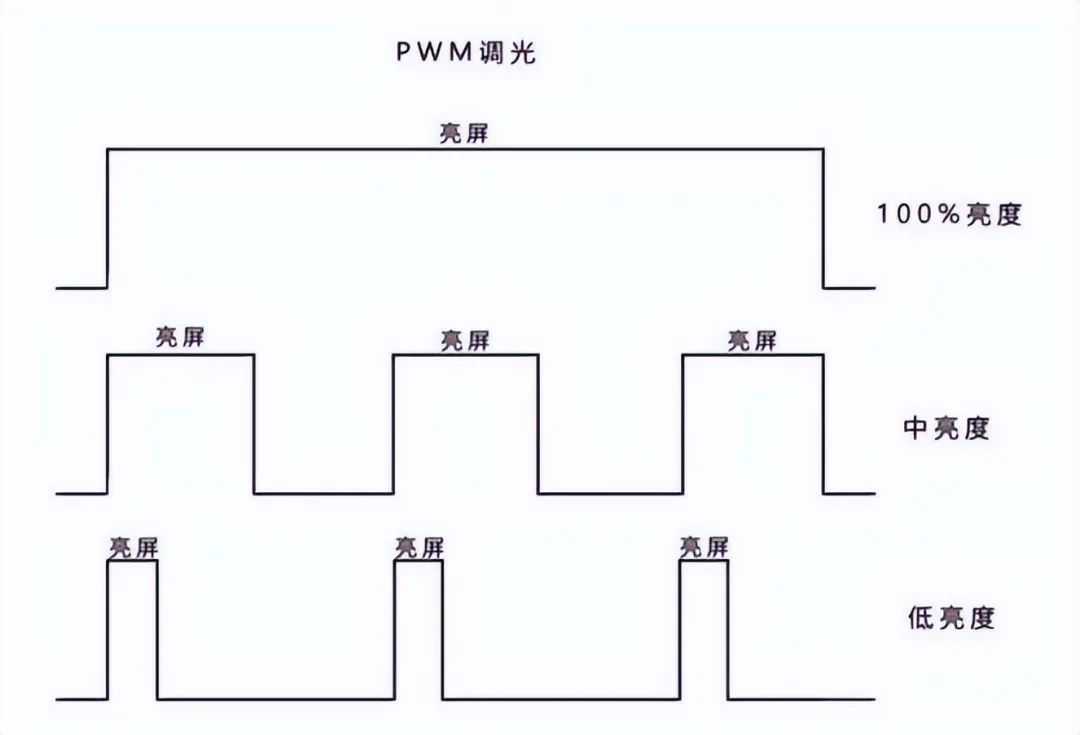
Currently, many manufacturers are using high-frequency PWM dimming technology or quasi-DC dimming methods to alleviate discomfort when people look at screens for extended periods. Generally speaking, PWM dimming with a frequency above 1250Hz is much less harmful to the eyes. For example, the Huawei P50 Pro uses 1440Hz high-frequency PWM dimming.
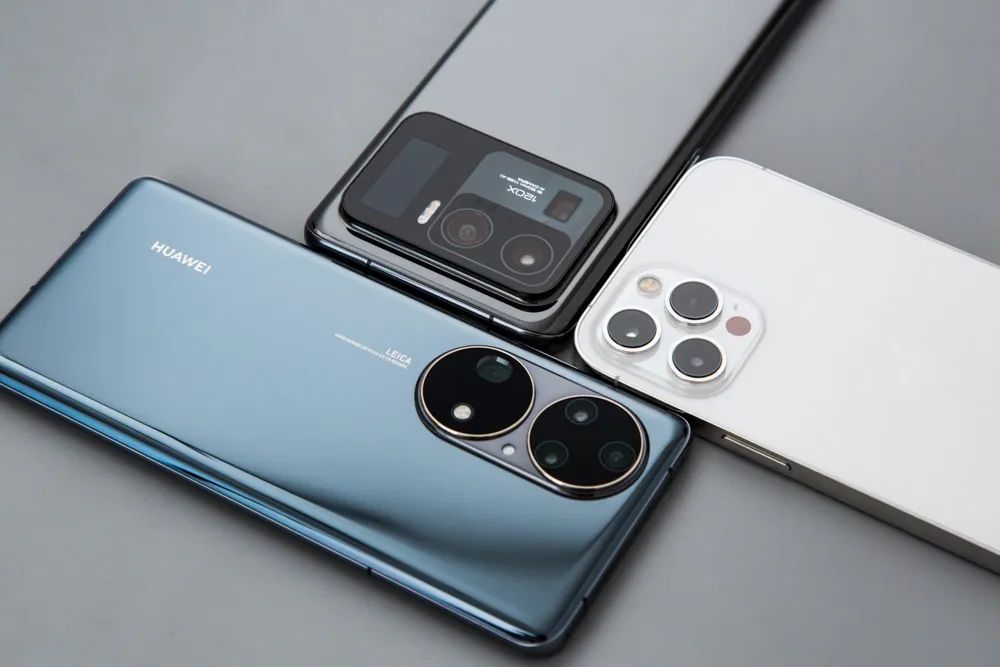
4. OIS/AIS Stabilization Modes
Many people are now filming videos, so the stabilization function of the lens is also something that everyone pays great attention to. OIS (Optical Image Stabilization) is also known as lens stabilization. Its principle is to add a magnetically suspended lens within the lens group, which works with a gyroscope to compensate for lens shake when the shooting lens is displaced, thereby avoiding wide-ranging light shake.

AIS (Artificial Intelligence Stabilization) is also referred to as digital stabilization. It achieves a higher level of stabilization through smartphone intelligent algorithms in conjunction with hardware. It works by using accelerometers and direction sensors simultaneously to automatically calculate the displacement of the image shake, thus providing certain corrections to the image. AIS particularly tests the processing capabilities of the smartphone chip, which ordinary smartphone CPUs cannot achieve.
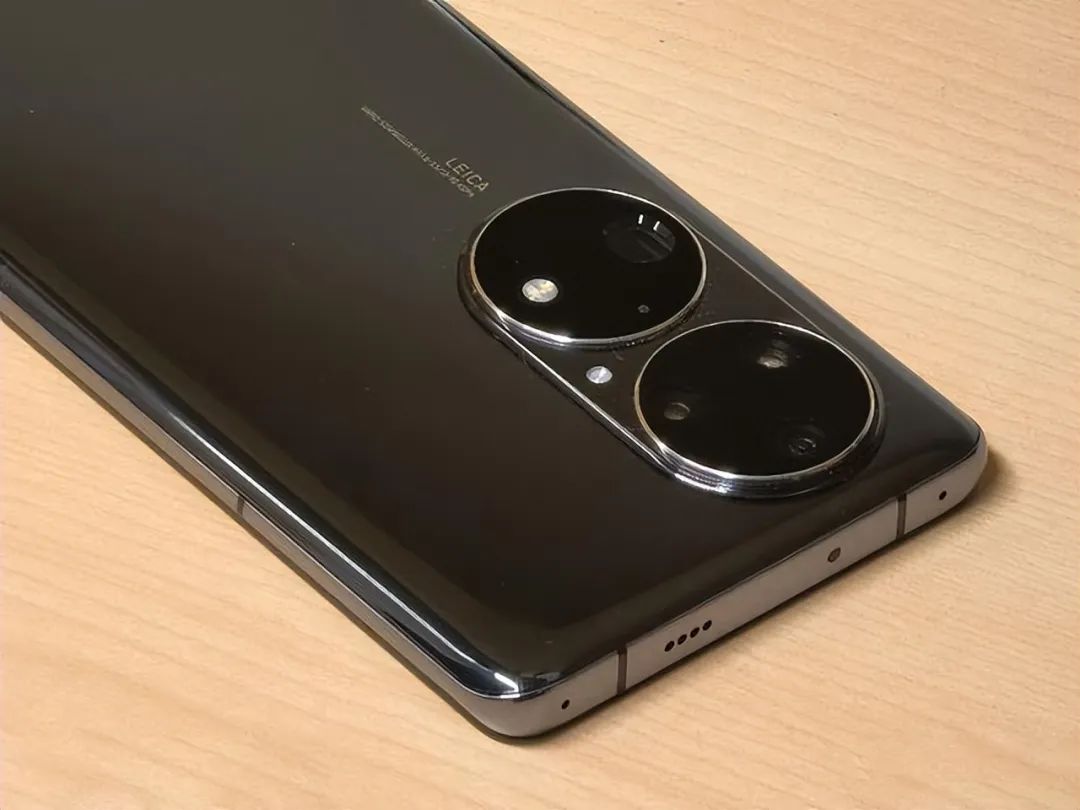
Most flagship models now implement OIS optical stabilization, and high-end phones also feature AIS super stabilization modes.
By understanding the above mobile phone parameters, we can better assess the quality of a phone. Learning is endless, and learning a little more is never a bad thing; at least it won’t be easy to be misled by others. If you want to learn more about mobile phone knowledge and tips, please follow me.
Note: I am Qin Yun Guan Xiang, here to chat with you about daily digital technology, internet fun, updating daily, welcome to follow. Original article, unauthorized reproduction is prohibited, and infringement will be investigated.
